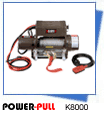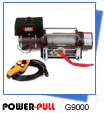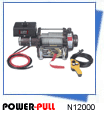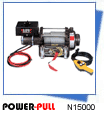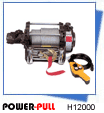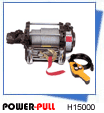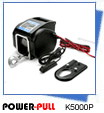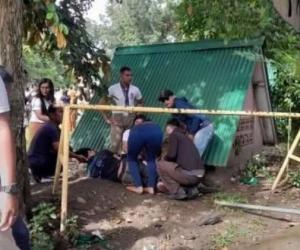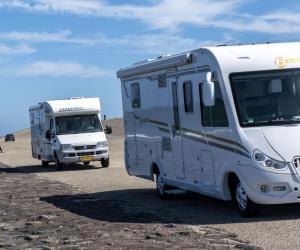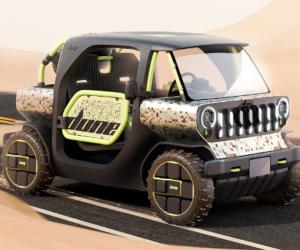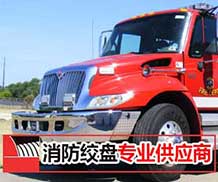救援拖车带(Recovery Strap)买家指南
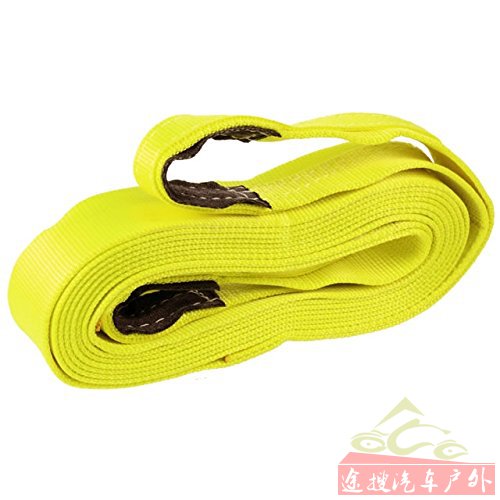
Just imagine you’re way off the beaten path having a blast going where “no man has gone before”. Then you navigate a quick switchback, drop down a rounded hill, and do a grille dive into a mud hole. You get out to survey the damage and see there’s really no major problems, but the nearest tree to winch out with is about 50 or 60 feet away. And your winch is only good to 45 feet. What do you do now?
Well…if you’ve come prepared, you just go to the back, open the tailgate, reach in, and grab your recovery strap. It’s neatly rolled up in your tool box and ready to spring into action. Simply hook up your strap to your winch…wrap the other end around the nearest strong tree, and do the ditch dance till the beast is free. Good news is…the recovery strap won’t cut the tree and possible kill it. So it’s working for you, your 4X4, and the tree thanks you, too.
First Things First: Know Which Strap You Need
First thing you may discover when you start looking for one is the possible confusion over what to call it. You’ll find ‘em listed as:
- Recovery Straps…these are for recovery because of their ability to “stretch” safely under stressful conditions
- Snatch straps…same as recovery straps
- Tow Ropes…a wide variety can be found and can cost much more
- Tow Straps…may be found under towing, hauling, etc.
Why Do You Need A Recovery Strap?
A recovery strap can be handier than a “fifth pocket”. They’re more versatile than a winch, and you can stow them away in a small space. And they can stand up to even 4 times your vehicle’s GVW (gross vehicular weight)
It’s extremely important to note…recovery straps are designed to stretch when yanked. This acts almost like a rubber band effect which makes it much easier and safer to free a stuck vehicle. And the stretching helps protect the vehicle from shock stress, bumper bending, or chassis loosening.
Most of today’s straps come with sewn looped ends, and this is definitely the way to go. Also look for the covered, reinforced ends…sometimes called Cordura Loops. If you’re using a strap with metal hooks, they can break and become deadly missiles. The only recommended time to use metal is when you’re winching.
Recovery Strap Sizes And Recommendations
Straps come in sizes from 2″ to 12″ wide and from 15’ to 30’ long. The wider the strap the stronger it’ll be. But you also lose “stretching power” as you go up in width. The length you choose is determined by the type of recoveries you think you’re most likely to make. In other words, it’s up to you. But keep in mind…the shorter the strap the harder it is to maneuver two vehicles safely. And if you go with a longer strap, just don’t make knots in it or try to “double it up” to take up the slack.
Look for recovery straps made of specialized nylon webbing. This type of material is resistant to sun, water, and cut damage. Watch for these terms when buying…
- Tensile Strength…how much the strap will stretch and still function safely
- Breaking Strength…how much force can the strap take before it breaks
- Capacity…how many pounds of pressure can the strap “pull” (generally from 19,800 to 100,00)
And to figure out which size recovery strap you’ll need simply estimate the total weight of your vehicle and make sure your strap’s capacity is well above that number.


